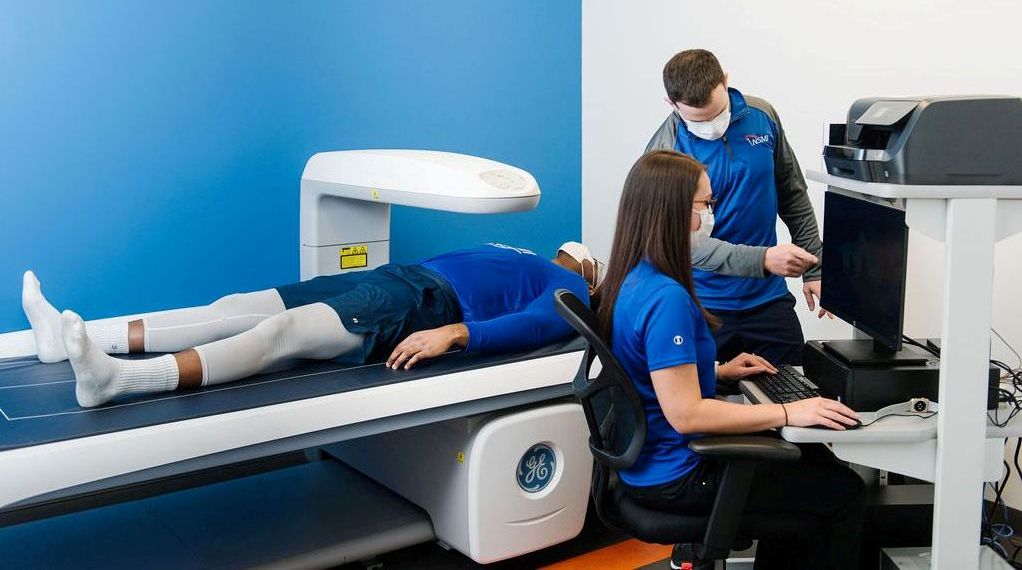Effects Of Mobile Networks On Human Health
As mobile technology continues to evolve, concerns have been raised regarding the potential impact on human health. With an estimated 5 billion mobile phone users worldwide, there is a growing concern about the long-term effects of mobile phone use on human health.
In this essay, we will examine the various studies and research that has been conducted to determine the impact of mobile network on human health. We will also explore the measures that have been put in place to mitigate potential health risks associated with mobile phone use.
Overview of Mobile Network
Mobile phones use radiofrequency (RF) waves to communicate with mobile networks. These waves are a type of non-ionizing radiation, which means that they are not powerful enough to ionize atoms or molecules in the body, unlike ionizing radiation like X-rays and gamma rays. However, exposure to RF waves for prolonged periods can still have an effect on the body.
Mobile network infrastructure is made up of cell towers, antennas, and base stations. These structures emit RF waves to communicate with mobile phones. The intensity of the RF waves varies depending on the distance from the source and the number of people using the network.
Potential Health Risks Associated with Mobile Network
Over the years, numerous studies have been conducted to determine the impact of mobile networks on human health. While the research is not conclusive, there are potential health risks associated with prolonged exposure to mobile network radiation.
Cancer Risk
One of the most significant concerns associated with mobile phone use is the risk of cancer. According to the International Agency for Research on Cancer (IARC), RF radiation is classified as a Group 2B carcinogen, which means that it is possibly carcinogenic to humans.
Several studies have suggested a link between mobile phone use and an increased risk of brain tumors. However, the evidence is not conclusive, and the risk remains relatively small. A large-scale study conducted by the US National Toxicology Program (NTP) found that exposure to RF radiation caused an increased incidence of malignant tumors in rats, but not in mice.
Other studies have also found an increased risk of cancer in mobile phone users. A Swedish study found that people who used mobile phones for more than 10 years had a 50% higher risk of developing glioma, a type of brain tumor. However, other studies have found no link between mobile phone use and cancer risk.
While the evidence is not conclusive, there is a potential risk of cancer associated with prolonged mobile phone use. This risk is thought to be higher for children and adolescents, as their brains are still developing and are more susceptible to damage from RF radiation.
Impact on Brain Function
There is also concern that mobile phone use may have an impact on brain function. Several studies have suggested that exposure to RF radiation can cause changes in brain activity and impair cognitive function.
A study conducted by the Swiss Tropical and Public Health Institute found that exposure to RF radiation from mobile phones caused an increase in the alpha and beta brain waves, which are associated with reduced attention and cognitive performance.
Other studies have found that mobile phone use can cause a reduction in spatial memory and impair learning ability. However, the evidence is not conclusive, and further research is needed to determine the long-term effects of mobile phone use on brain function.
Impact on Sleep Quality
The blue light emitted from mobile phone screens can hinder the production of melatonin, a hormone that regulates sleep. This can lead to difficulty falling asleep and disrupt the sleep cycle. This can lead to difficulty falling asleep and can disrupt the sleep cycle.
A study conducted by the University of California found that exposure to blue light from mobile phones reduced the production of melatonin and delayed the onset of sleep. Other studies have also found a link between mobile phone use and poor sleep quality.
Measures to Mitigate Health Risks: To mitigate potential health risks associated with mobile phone use, various measures have been put in place by regulatory agencies and mobile network providers.
Regulatory Measures
Most countries have established safety guidelines for mobile network radiation. In the US, the Federal Communications Commission (FCC) has set exposure limits for mobile network radiation based on the recommendations of the International Commission on Non-Ionizing Radiation Protection (ICNIRP).
The guidelines set by the FCC and ICNIRP are designed to ensure that the RF radiation emitted by mobile networks is within safe limits. Mobile network providers are required to comply with these guidelines and conduct regular tests to ensure that their equipment is operating within safe limits.
Mobile Network Provider Measures
Mobile network providers have also taken measures to mitigate potential health risks associated with mobile phone use. These measures include:
- Developing Low-Radiation Devices: Many mobile phone manufacturers have developed devices that emit lower levels of RF radiation. These devices are designed to reduce the user’s exposure to RF radiation and mitigate potential health risks.
- Providing Information to Users: Mobile network providers are required to provide information to users about the potential health risks associated with mobile phone use. This information includes safety guidelines and tips on how to reduce exposure to RF radiation.
- Encouraging Safe Use: Mobile network providers encourage the safe use of mobile phones by promoting the use of hands-free devices and reducing the amount of time spent on the phone. They also encourage users to avoid using mobile phones in areas with weak signals, as this can increase exposure to RF radiation.
In conclusion, while the evidence is not conclusive, there is a potential risk of health effects associated with prolonged exposure to mobile network radiation. The risk is thought to be higher for children and adolescents, as their developing brains may be more susceptible to damage.
To mitigate potential health risks, regulatory agencies have established safety guidelines for mobile network radiation, and mobile network providers have taken measures to reduce RF radiation emissions and promote the safe use of mobile phones. It is important for individuals to be aware of these risks and take steps to reduce their exposure to RF radiation, such as using hands-free devices and avoiding extended use of mobile phones.
Read also:
Mobile phones and your health





